Turn It Up! Tips For Building a Garage Music Studio at Home
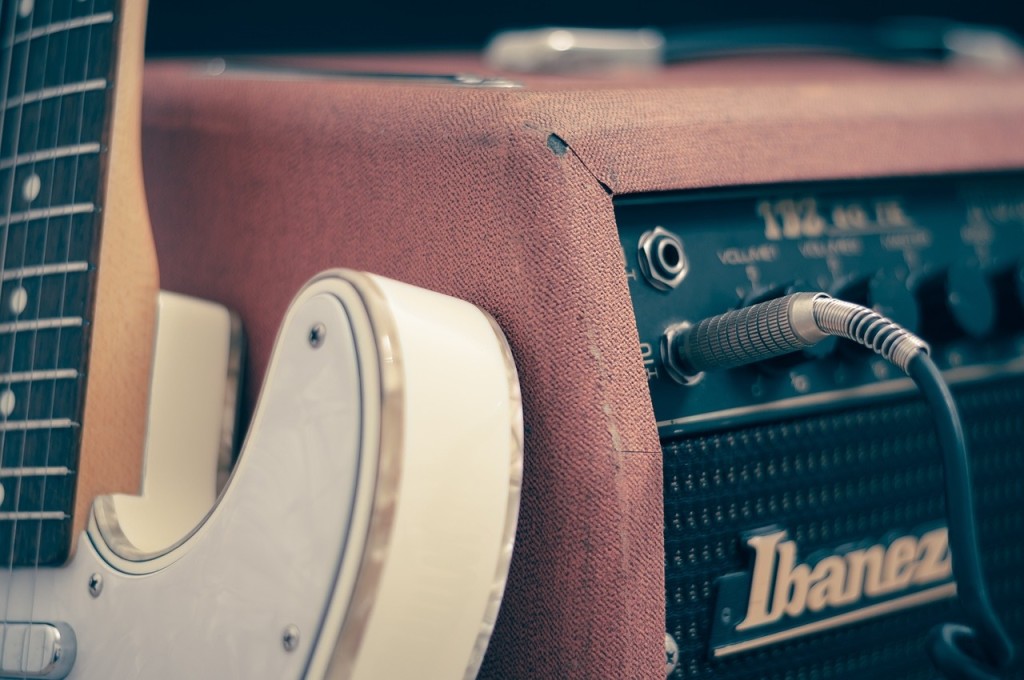
If you've read our blog about the homeowner who turned their garage into an animal shelter, or the bike enthusiast who built his own garage bike storage, you know the garage space is not to be undervalued. The musician who's been jamming in garages for years also know this all too well!
And whether you plan to pursue ambitions to become a professional musician or you just have a band that plays around your neighborhood for fun, you know how expensive rehearsal studios can be. Each week or month, though, you shell out to practice because you have nowhere else to go. It’s not like you can just play in your garage without getting a dozen noise complaints from the neighbors down the street, right?
Not exactly. You can convert your garage into a DIY music studio that even some pros would be envious of. We have all the resources and information you need to figure out how to budget and redesign your garage, how to soundproof, and then what studio equipment you can’t go without. You could even record here when your band’s ready. It’s time to say farewell to that overpriced rehearsal studio and make your own.
Budgeting and Planning Your Music Studio
Before you dive right in and design floor plans for your new space, Omnirax, a music equipment producer, recommends that you ask yourself a few pertinent questions about this new undertaking:
- How much room will you have?
- How much do you need to budget?
- What’s the purpose of the new studio?
Space
Omnirax underscores the importance of what’s called room neutrality. “When recording, are you recording your music or the room?” the site asks. This is actually related to the size of the room. If you gut the garage and find that you’re more short on space than you imagined, metal components manufacturer Whirlwind asks you to consider buying a separate smaller metal garage. As its blog notes, you can actually make these yourself, so don’t fret if your garage turns out to be smaller than expected even when it’s empty. Modern-Shed also produces speedy home offices (or music studios) available in such sizes as 10 feet x 12 feet, 10 feet x 14 feet or 10 feet x 16 feet for that spacious studio.
Costs
While paying a rehearsal studio regularly does add up, it won’t exactly be cheap to renovate your garage. Even when budgeting and saving for a while, there are a lot of costs that you need to consider, Garage Remodel Guides reminds.
“Consider spending a minimum of $5,000 for adding drywall, leveling the floor, installing flooring and finishing the project with basic lighting and furniture,” the team writes on its blog. This doesn’t even include the price of music equipment, which could double or even triple that total. Only you can decide whether this is financially feasible.
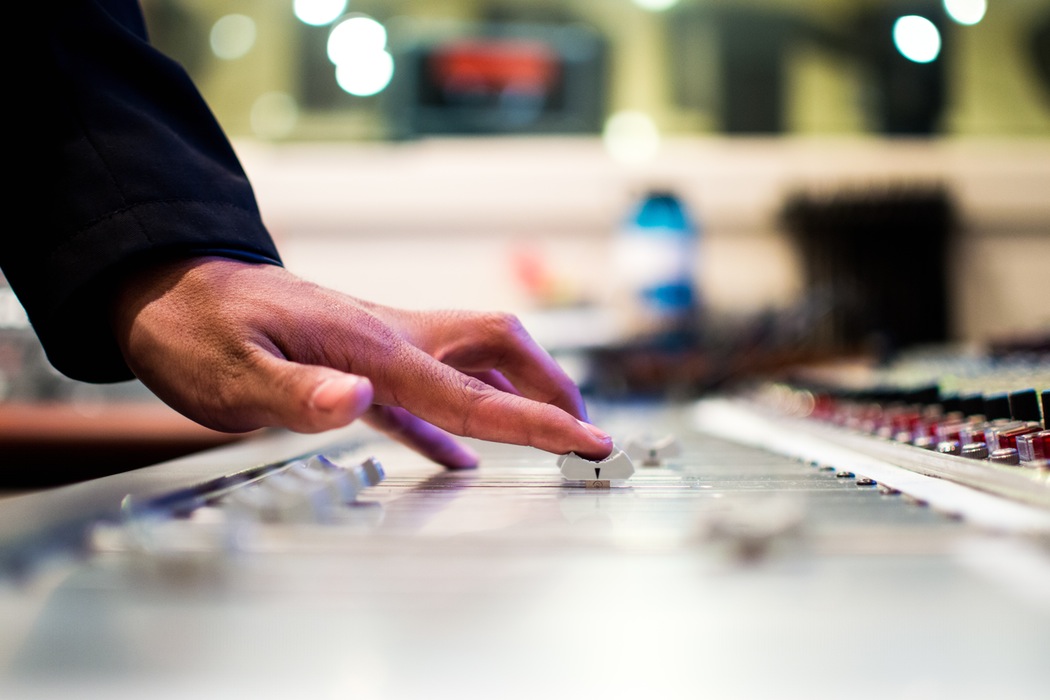
Converting Your Garage
Cleaning
If you’re ready to overhaul your garage, you’ll need to clear out everything in it to start anew. You’ll also have to find another parking spot for vehicles if these used to go in the garage. Automated Door Systems recommends that you get rid of your stuff this way:
- Donate old tools and other items.
- Schedule a yard sale.
- If the items are in very poor condition, throw them away.
Creating a Floor Plan
Next, you’ll need to design a floor plan. Farah Joan Fard of Sonicbids Blog says that you break this process down into three manageable steps:
- Assessing the space
- Assessing what equipment you’ll need
- Scheduling
When looking at your garage, Fard says that you should ask yourself a few questions that will be discussed in detail below.
- How is the garage shaped?
- Is there any ventilation or will this need to be installed?
- What does the space look like?
Equipment will be discussed later, but regarding planning, Fard says that you need to think about your neighbors when designing a music studio from your garage. While you likely live in a home and not an apartment, if the house next door is connected to yours, you’ll have to be very diligent about soundproofing. Overall, it’s best to have plenty of consideration for those around you.
Considering the Shape of the Room
The way your garage is shaped is a very important factor that dictates the sound you’ll get when practicing and recording. Obviously, the bigger your garage, the better. My Redding Real Estate also has some other unique suggestions regarding the shape of the room.
- If the dimensions are “direct multiples of one another (1:2:3) — for example, a 16-foot by 24-foot room with 8-foot ceilings,” it’s recommended that you find another space, as the sound here will often be murky and not as crystal clear as you prefer.
- If your garage isn’t a perfect square or rectangle, this is actually better. Your music can spread throughout the space with more ease. You’ll also notice that the acoustics are improved.
- The garage shouldn’t have too many design curves or else the music will come across as too sharp, but only in that curvy area. This creates unwanted distortion.
Harnessing Absorption
If you’ve ever entered more than two rehearsal or recording spaces, you’ve likely realized that these were decorated quite differently. The items within the space aren’t just there according to the room owner’s personal tastes. Instead, these influence what’s called absorption. “Sound absorption is the loss of sound energy when sound waves come into contact with an absorbent material such as ceilings, walls, floors and other objects, as a result of which the sound is not reflected back into the space,” the Chartered Institute of Building defines.
My Redding Real Estate suggests that you furnish your garage-turned-music-studio with these items to create good absorption:
- Drapery
- Bookcases
- Wall hangings
- Rugs
- Couches
Adding Insulation
If you plan to spend a lot of time in your new studio practicing or mixing your music, you need to be comfortable while you do so. Some garages aren’t exactly the most ideal place to hang out because they’re not insulated. If you spend a lot of effort and money to keep your garage toasty, most of this hot air will leak right out in gaps under and around the garage door. Sound can also travel out of your garage, too, possibly annoying your neighbors.
To prevent this, you can insulate both the walls and the floor, according to Anglican Carpentry. While you can call a professional to take care of the job, if you’re trying to keep to a budget going DIY may be the best route. Max Insulation posted a great how-to on insulating your attic. You can apply these steps to your garage.
Ventilate, Ventilate, Ventilate
There’s a difference between toasty and hot, though. If the air can’t move in your garage, it will get stagnant and warm in there very quickly. Besides that, as Hudson Valley Overhead Doors & Operators notes, “Without proper ventilation, moisture can accumulate on sensitive recording devices, causing major damage.”
Nixing Windows
No, not the operating system, although there will be more on computers later. As Adam from Bandzoogle writes, having windows in your garage won’t necessarily benefit you. While you shouldn’t spend all day and night cooped up in a dark room, it’s too easy for sound to travel from outside your garage right into your studio. If you’re recording, it’s likely that these nuisances will turn up on the tape. Adam cautions: “If a truck driving by lands on a perfect take, there’s no software or studio trick on earth that can get rid of it.”
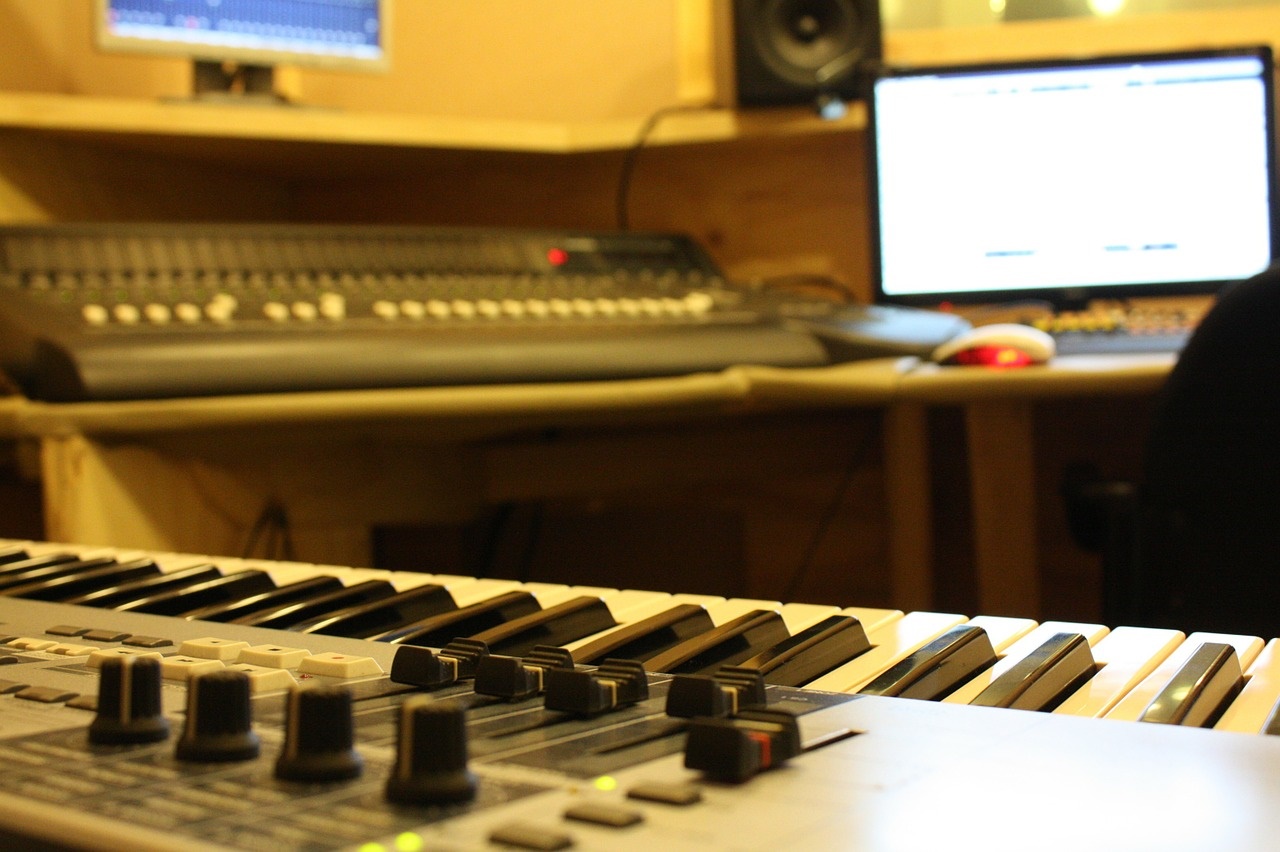
Soundproofing the Space
Keep your music private until you’re ready for the world to hear it by soundproofing. Wessex Garage Doors suggests that before you get your DIY soundproofing tools ready that you check for dry and loose garage door parts that can make a ruckus when recording. Here is how to fix these:
- “Spray all moving parts with specialist garage door lubricant.”
- “Inspect the door, checking for any worn parts and replace where needed as soon as possible.”
- “Tightening all parts, including nuts and bolts so they are secure and functional.”
With Cellulose
Cellulose Insulation calls itself “the greenest of the green” on its website. The cellulose product is simply a spray that you apply to various parts of your garage door to keep sounds contained. Here are two spaces that you should definitely consider if you go with this soundproofing method:
Unfinished walls: If you have any unfinished walls or panels anywhere in the garage, these may be thinner compared to the other walls. While you don’t need any extra spray here, definitely don’t forget these areas.
Garage door panels: Overhead garage doors have back panels that may be neglected because you see these less. As Cellulose explains on its site: “As the dry Cellulose insulation is blown from the applicator hose, a small amount of water is added, activating the natural starches or adhesives in the Cellulose so it adheres to the surface door panels. Just enough water is added to ensure good adhesion within these cavity-like spaces.”
Also, the front of the overhead door is an obvious spot. Just as stated above, the cellulose spray will not damage garage door panels nor will it miss any of the tiny crevices. This creates a tight, soundproof barrier.
With Wooden Cleats
Dave of Harbor Freight is quite fond of Instructable’s wooden cleat soundproofing method, by Mobile Rik. You can read all about how to install these cleats here, but Dave recommends them because they’re easy to make (they only use 2×4 wood planks), customizable and affordable. You’ll need:
- Acoustical caulk
- Drywall and screws
- Polyethylene pipe insulation tube
- Closed-cell foam tape
Make sure you have these tools:
- Caulking gun
- Staple gun
- C-clamp
- Utility knife
- Hammer
- Band saw
With Audimute
Audimute produces acoustic tiles, panels and absorption sheets to keep your garage quiet. Its Pro Sound Sheet Kit may be the answer for your new music studio. For best use, Audimute provides these tips when using the Pro Sound Sheet Kit:
- Avoid putting the sheets on two adjacent walls. Instead, these should be located opposite of one another.
- Don’t use nails, hooks or other heavy hanging tools to adhere the sheets or they won’t be as effective.
- Don’t cover any of the sheets, especially not with hard items. This also decreases their efficacy.
- If you can, dangle the sheets. If wind or other air can get beneath them, “the billowing effect will make for better sound absorption especially when two to three inches away from a wall.”
Troubleshooting Common Soundproofing Issues
If for any reason the above methods haven’t made your new music studio totally soundproof, Ryan Colton of Acoustical Solutions can help. He has more than 20 years of experience playing guitar in all sorts of garages and studios, so he definitely understands how sound works in a room.
If airborne sound is getting in: Whether from the rooms below or next door to you, airborne sound can ruin a recording session. Sometimes instruments are to blame, such as kick drums or basses, as their low tones create structure-borne noise. Colton says to try the following:
- Vibration isolation pads
- Floor underlayments
- Sound isolation clips
If airborne noise is caused from within the garage or nearby, Colton calls for “heavy, dense materials” to fix the problem, including:
- Sound dampening compound
- Combination sound blocking/absorbing acoustical blankets
- Mass-loaded vinyl sound barriers
If the sound in your garage is garbled and unclear: You might find that you’re lost in the sound once your whole band plays a song together. When you have this kind of muddied sound in your new rehearsal space, Colton suggests using absorptive items. These were mentioned above, so here’s another reminder to get them stat.
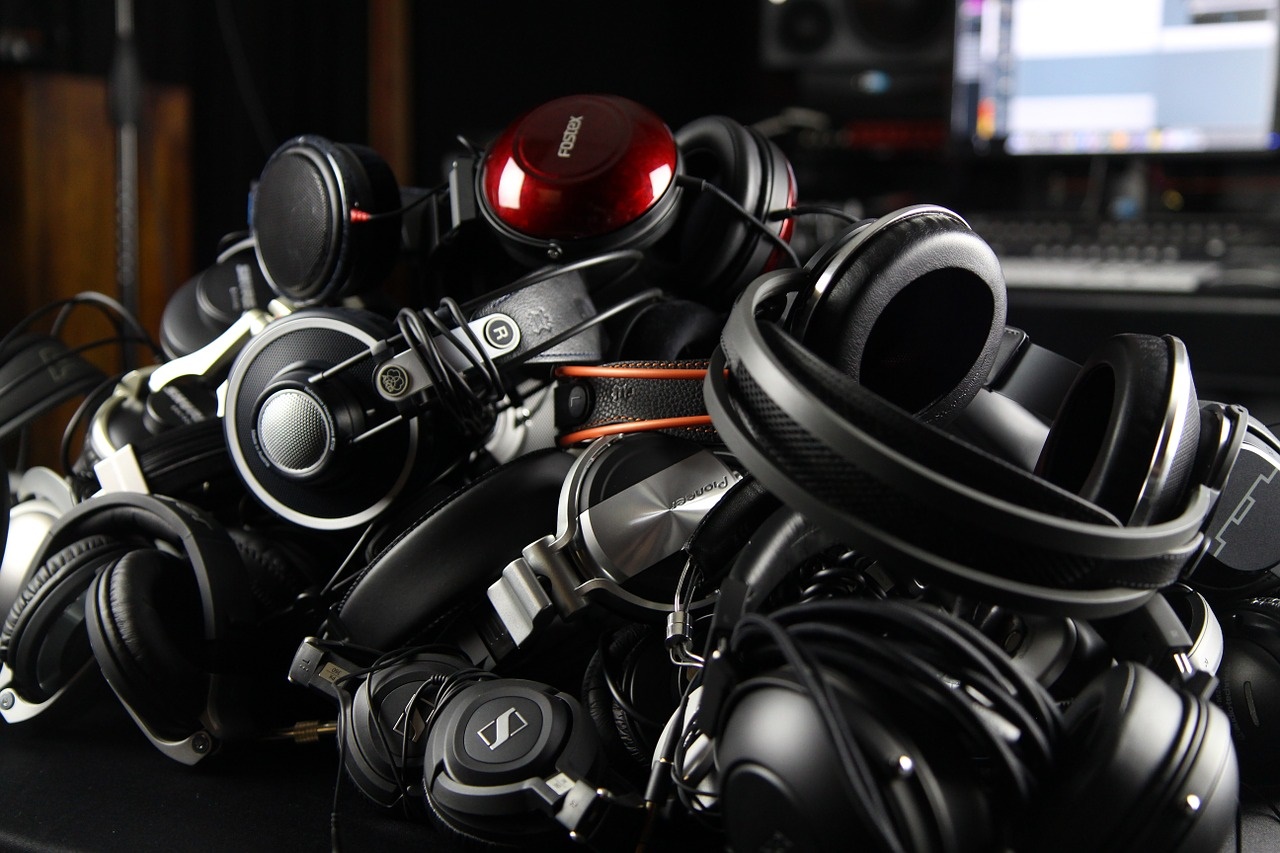
Music Studio Equipment You Need
Now, you have to figure out what equipment you need. As mentioned above, keep in mind that some pieces can be very expensive. The quality of your equipment varies depending on what you’re using it for. As home studio specialists JamCats suggest, ask yourself these questions:
- “Do you need a live acoustic space for recording?”
- “Will you be working with others in the studio?”
- “What type of music do you want to record?”
- “Are you an engineer, music producer or musician?”
If it’s just you and your band, you can probably get away with cheaper equipment for now. If you plan on getting into the engineering or producing business though, you’ll need a respectable space with quality tools to get clients. Phil Gallo of 21cm offers a novel way to get your hands on items that may be a little out of your price range for now: “Remember, you’re a musician, and offering your services in exchange for borrowing some equipment is commonplace, especially in complexes where many musicians work.”
Computers
As Graham Cochrane of Echo, the Disc Makers blog says, you probably have a good computer for your home studio. “When it comes to home recording, 99% of the time you’re going to want to go with computer recording. More often than not, you already own a computer that is capable of being the hub of your home recording studio.”
In need of an upgrade? Cochrane has some great tips:
- “Just pick something, don’t spend too much, and move on.”
- “Go with what is familiar to you. Mac or PC, laptop or desktop.”
- “These days, working on a laptop doesn’t mean sacrificing power, so if you like to be mobile, or intend to take your gear to other places to record, then go portable.”
Microphones
Microphone choices are nearly endless. You can go with the kind that plugs into an amp or another power source or those that simply connect to your laptop or desktop computer via a USB. Different microphones have different qualities. “Dynamic mics are better for recording voices, while condenser mics are better for capturing the sounds of different instruments,” Larry Fire of The Fire Wire Pop Culture Blog suggests.
E-Home Recording Studio mentions some other microphones that you should consider for different recording duties:
- Polar pattern microphones, which pick up on sound sensitivity
- Ribbon microphones, which are bidirectional and very fragile
- Dynamic microphones, which use a diaphragm and wire coil
- Matched pair microphones, which are positioned in different ways to capture various sounds
- Condenser microphones, which run on electricity and a capacitor
DAWs
Digital audio workstations, also known as DAWs, are another necessity when it comes to recording. These computer programs often come with hardware that allow you to make easy edits to your songs from your computer. E-Home Recording Studio has a great piece on narrowing down your DAW options. While most programs cost money, there are some quality free programs that can work just as well for some musicians. You also have to select from:
- Boxed DAWs, which include a physical disc and hardware that you install.
- Digital DAWs, which aren’t physical but are downloaded from the manufacturer. If you need hardware, you’ll have to order it.
- A combination of the two methods.
DACs
Digital-to-analog converters, or DACs, are also a musician’s buddy. Creative Bloq’s piece about budget-conscious equipment notes that these typically work in conjunction with in/out wires and mixing boards. “You’ll still need a way to connect your mic’s XLR or TLS cables, something your standard audio card doesn’t offer,” the article says.
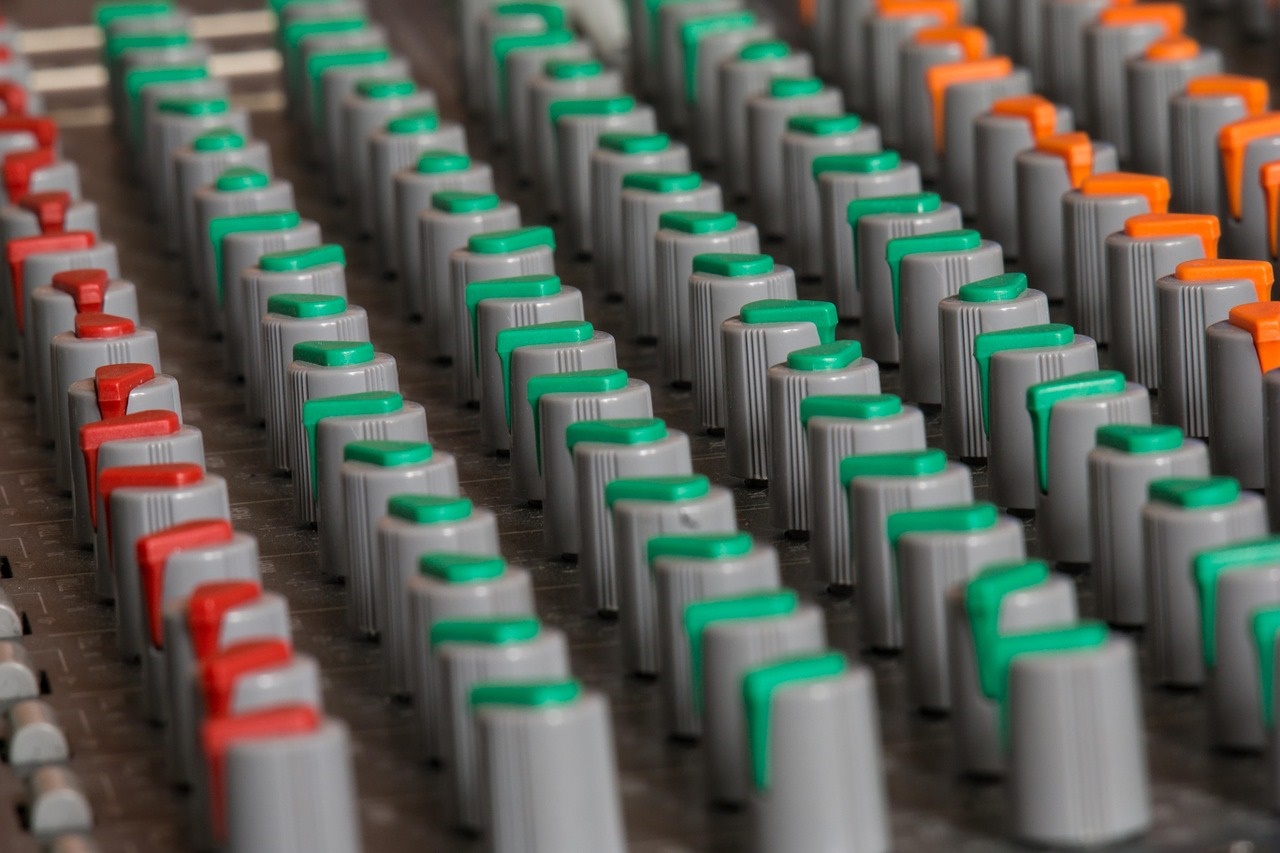
Drum Machines
If your garage isn’t the most spacious and you find that practicing room is a little tight, you can always replace real drums with a drum machine, Gallo notes. However, to avoid creating band tension, if you already have a live drummer, maybe don’t just bring in a machine one day. If you have yet to fill the seat, though, and you’re recording, drum machines can sound just like the real thing.
Audio Recorders
If you’re waiting for your new computer to arrive but have a tight recording deadline, rely on an audio recorder to get the job done. As Musician’s Friend blog the Hub notes, “There are some excellent standalone recorder options that provide great portability, extensive features, and excellent ease-of-use for very reasonable prices.” Check out these:
- Zoom H5 Handy Recorder with five microphones
- TASCAM DR-680MKII portable multichannel recorder
Monitors
A good pair of studio monitors lets you hear a recorded song back so you or a producer can make the right changes to the mix. Therefore, you need a quality monitor or two. Bjorgvin Benediktsson of Audio Issues tracked down some great monitors that are $500 or less. These include:
- M-Audio BX5 Carbon compact studio monitors
- Behringer TRUTH B20131A active two-way reference studio monitor
- Alesis M1Active MKII dual monitors
- KRK Rokit 5 G3 studio monitor
